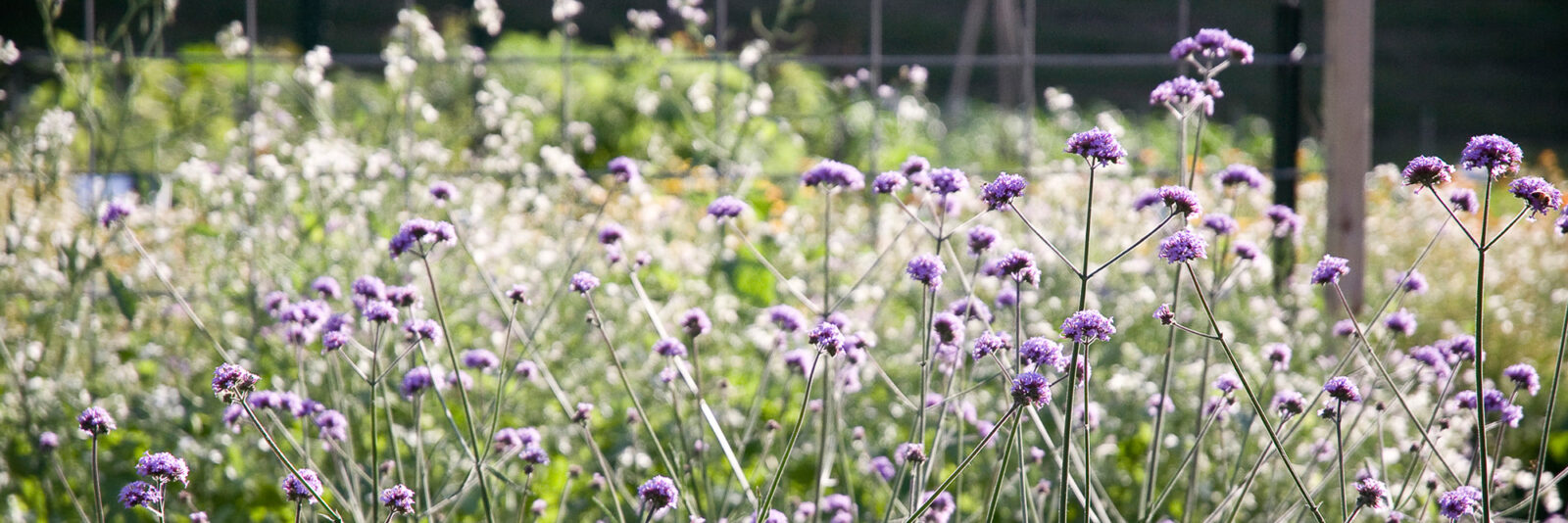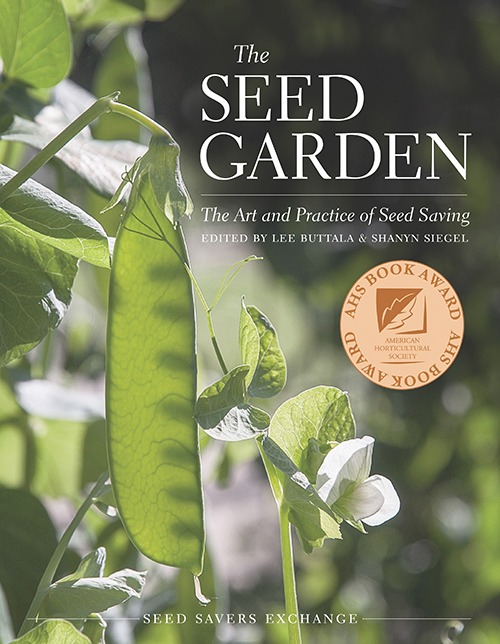Gardening & Seed Saving Terms

Use this list of terms to expand your knowledge and understanding of seed saving and gardening. The following definitions are drawn from The Seed Garden: The Art and Practice of Seed Saving, edited by Lee Buttala and Shanyn Siegel and published by Seed Savers Exchange.
Annual: A plant that completes its full life cycle—including germination, reproduction, and death—in one growing season.
Anther: The pollen-producing part of a stamen.
Biennial: A plant that requires vernalization and usually completes its life cycle in two growing seasons, growing vegetatively during the first season, undergoing vernalization, and producing flowers and seeds and dying during the second season.
Bolt: To elongate rapidly (as a stem) prior to flowering.
Cross-pollination: The transfer of pollen from one plant onto the stigma or flower of another plant.
Cultivar: A plant or group of plants that have been bred or selected to have distinguishable, desirable traits; commonly called a variety.
F1: The first-generation offspring produced from a cross between two different populations or varieties; an abbreviation of “first filial generation.”
Filament: The hairlike stalk of a stamen that has a pollen-bearing anther at its tip.
Flower: The reproductive structure of an angiosperm.
Genetically modified organism (GMO): An organism that has had its genetic composition altered by way of molecular breeding techniques.
Germination: The process by which a seed absorbs water and swells, causing the radicle to break through the seed coat; the emergence of a young plant from a seed.
Heirloom variety: An open-pollinated cultivar that has been grown and shared from generation to generation within a family or community.
Hybrid: A plant or variety created by crossing two stable, genetically distinct parental populations; of or related to such a plant or variety; also called an F1 hybrid.
Isolation: The separation of one plant or group of plants from another to prevent cross-pollination.
Natural selection: The multigenerational process by which heritable traits in a population become more or less common as a result of how efficiently those traits help individuals survive and reproduce.
Open-pollinated variety: A variety that, when allowed to cross-pollinate only with other members of the same population, produces offspring that display the characteristic traits of the variety.
Perennial: A plant that can live for more than two years, usually producing flowers and seeds for many years.
Pistil: The seed-producing reproductive organ at the center of a flower, usually composed of an ovary, style, and stigma.
Pollen: Typically dust-like structures, produced by anthers, that carry fertilizing reproductive cells in flowering plants.
Pollinator: An animal, often an insect, that moves pollen from an anther to a stigma.
Population: The total number of plants of a variety that contribute their genetic material to the seeds being collected; a group of interfertile plants growing together that have the potential to interbreed.
Row cover: Spun synthetic fabric used to protect crops from pests and frost.
Seed: A mature plant ovule composed of an embryo, an endosperm, and a seed coat.
Seedborne: Being carried in or on a seed; often refers to pathogens or disease.
Self-pollination: The transfer of pollen from an anther to a stigma of the same plant.
Stamen: The pollen-producing reproductive structure of a flower, composed of a filament and an anther.
Stigma: The pistil’s sticky tip, which receives pollen.
True-to-type: Conforming to the known characteristics of a known plant variety.
Variety: A phenotypically distinct, naturally occurring population of plants within a species: commonly used as a synonym for “cultivar.”
Vernalization: The exposure of a plant to low temperatures, enabling the plant to flower.
Resource Recommendation:
Pick up your copy of the award-winning book, The Seed Garden: The Art and Practice of Seed Saving, edited by Lee Buttala and Shanyn Siegel and published by Seed Savers Exchange.
